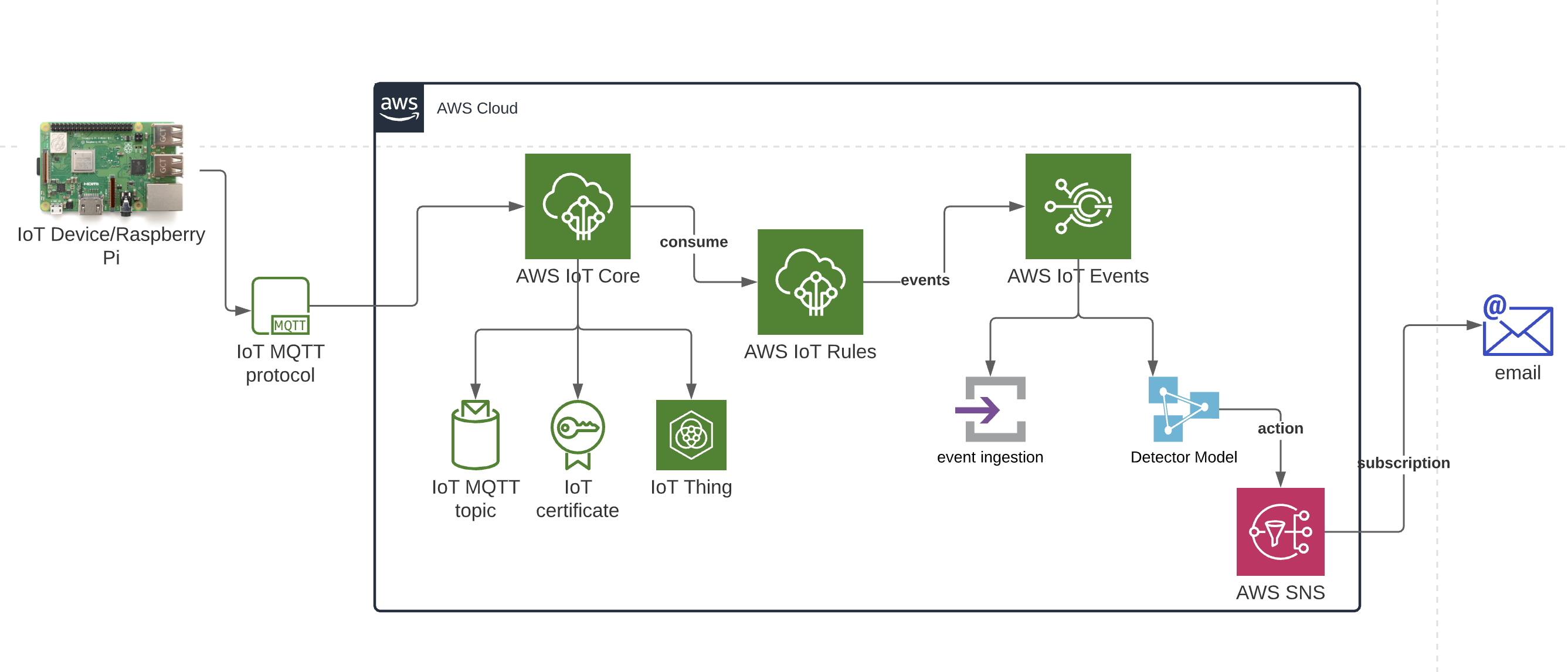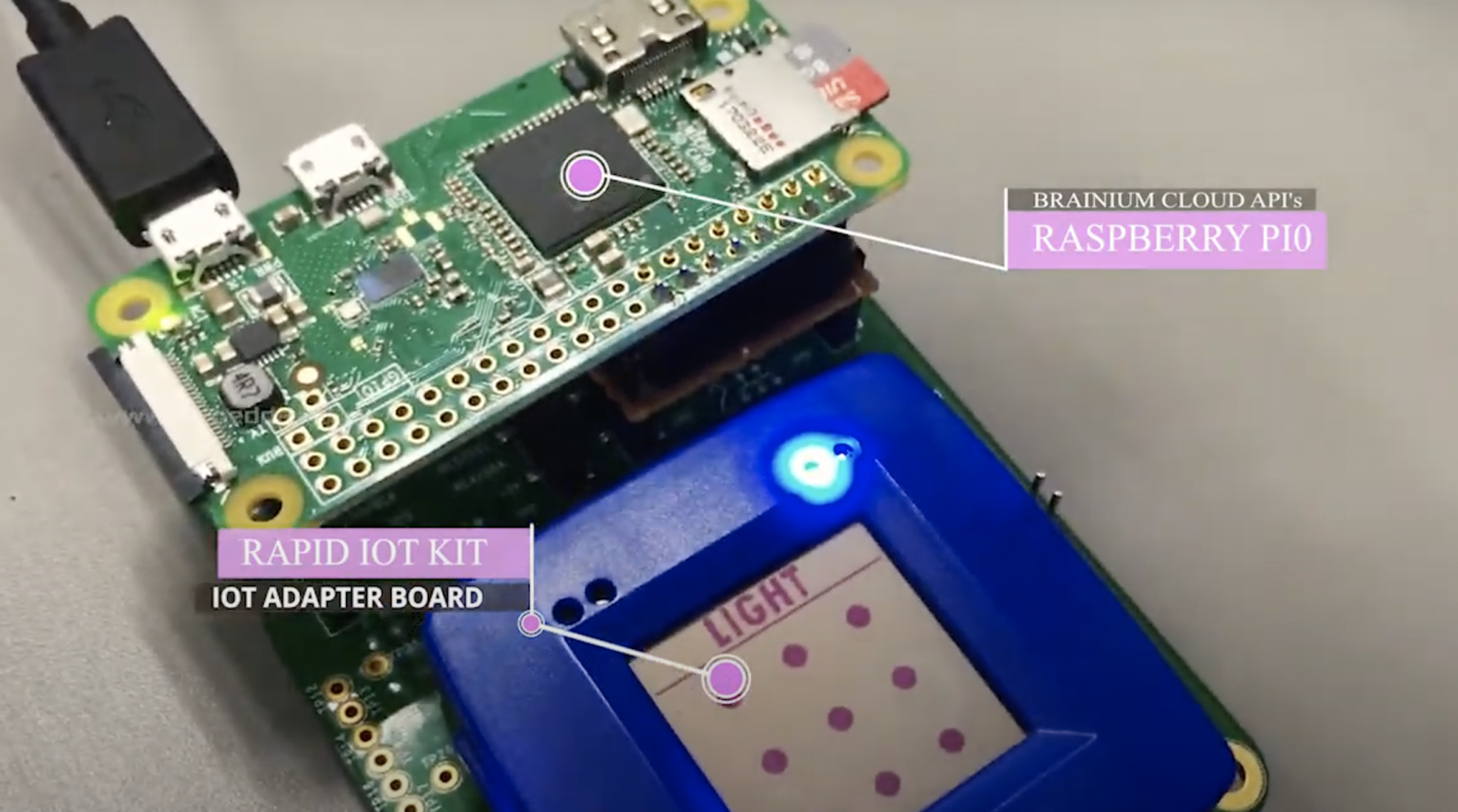Securely Connect RemoteIoT VPC Raspberry Pi: Free Download For Windows
Detail Author:
- Name : Mrs. Charlotte Zulauf I
- Username : calista.nader
- Email : kling.london@bosco.info
- Birthdate : 1982-04-14
- Address : 4699 Keshaun Tunnel Port Brielle, MS 95017
- Phone : (628) 658-5855
- Company : Rau, Vandervort and Swaniawski
- Job : Locker Room Attendant
- Bio : Non architecto harum quam necessitatibus. Eligendi et pariatur doloremque velit autem. Sit eum dolorum fugit consequatur qui beatae eveniet. Dolor nostrum sint sunt eveniet.
Socials
instagram:
- url : https://instagram.com/langwortha
- username : langwortha
- bio : Ab laboriosam velit voluptas aut unde dignissimos cum omnis. Inventore enim vel assumenda et.
- followers : 5838
- following : 1376
tiktok:
- url : https://tiktok.com/@anastacio.langworth
- username : anastacio.langworth
- bio : Et omnis facilis rem eos qui est culpa.
- followers : 771
- following : 782
Are you looking for a secure way to connect your Raspberry Pi to a Virtual Private Cloud (VPC) using RemoteIoT? With the growing demand for remote IoT device management, securely connecting your Raspberry Pi to a VPC has become essential. Whether you're managing a smart home, a business IoT network, or a personal project, ensuring secure and reliable communication is critical. This article will guide you through the process of securely connecting your Raspberry Pi to a RemoteIoT VPC, with a focus on downloading and setting up the necessary tools on a Windows operating system.
RemoteIoT provides a robust platform for managing IoT devices remotely, offering secure communication, monitoring, and control. By leveraging RemoteIoT's capabilities, you can ensure that your Raspberry Pi operates seamlessly within your VPC. This setup not only enhances security but also improves the efficiency of your IoT infrastructure. In this article, we will explore the steps required to establish a secure connection, provide detailed instructions for downloading and configuring the necessary software on Windows, and offer expert tips to optimize your setup.
Whether you're a beginner or an experienced IoT developer, this guide is designed to help you understand the process thoroughly. By following the steps outlined here, you can confidently set up your Raspberry Pi to work securely within your VPC. Let’s dive into the details and explore how you can achieve a secure and efficient connection for your IoT projects.
Table of Contents
Introduction to RemoteIoT VPC
RemoteIoT is a cutting-edge platform designed to facilitate remote management of IoT devices. One of its standout features is the ability to connect devices to a Virtual Private Cloud (VPC), ensuring secure and private communication. A VPC allows you to create a logically isolated network within the cloud, providing enhanced security and control over your IoT devices.
When using RemoteIoT, your Raspberry Pi can be seamlessly integrated into the VPC, enabling you to manage it remotely. This integration is particularly beneficial for businesses and individuals who require secure access to their IoT devices without exposing them to potential threats on the public internet.
Why Secure Connections Matter
Security is a top priority when managing IoT devices. Without proper security measures, your devices are vulnerable to cyberattacks, data breaches, and unauthorized access. By securely connecting your Raspberry Pi to a RemoteIoT VPC, you can mitigate these risks and ensure that your data remains protected.
Secure connections also enhance the reliability of your IoT infrastructure. By isolating your devices within a VPC, you reduce the likelihood of downtime caused by external threats. Additionally, secure communication ensures that your data is transmitted accurately and efficiently, improving the overall performance of your IoT network.
Key Benefits of Secure Connections
- Protection against cyberattacks and unauthorized access.
- Improved reliability and uptime for IoT devices.
- Enhanced data privacy and confidentiality.
- Compliance with industry regulations and standards.
Setting Up Your Raspberry Pi
Before you can connect your Raspberry Pi to a RemoteIoT VPC, you need to ensure that it is properly set up. This involves installing the operating system, configuring network settings, and installing any necessary software.
Start by downloading the latest version of Raspberry Pi OS from the official website. Once downloaded, use a tool like Raspberry Pi Imager to flash the OS onto your microSD card. After booting up your Raspberry Pi, connect it to your local network and update the system using the following commands:
sudo apt update sudo apt upgradeConfiguring Network Settings
To ensure a smooth connection to the RemoteIoT VPC, configure your Raspberry Pi's network settings. This includes setting a static IP address and enabling SSH for remote access. Use the following steps:
- Edit the dhcpcd configuration file:
sudo nano /etc/dhcpcd.conf. - Add the following lines to set a static IP:
interface eth0 static ip_address=192.168.1.100/24 static routers=192.168.1.1 static domain_name_servers=8.8.8.8 - Save the file and reboot your Raspberry Pi.
Configuring RemoteIoT VPC
Once your Raspberry Pi is set up, the next step is to configure the RemoteIoT VPC. Start by creating an account on the RemoteIoT platform and setting up a new VPC. Follow the on-screen instructions to define the network parameters, such as IP ranges and subnet masks.
After creating the VPC, generate an access key and secret key. These credentials will be used to authenticate your Raspberry Pi when connecting to the VPC. Make sure to store these keys securely, as they are essential for maintaining a secure connection.
Adding Your Raspberry Pi to the VPC
To add your Raspberry Pi to the VPC, install the RemoteIoT client software on your device. Use the following command to download and install the client:
sudo apt install remoteiot-clientOnce installed, configure the client by entering your access key and secret key. You can do this by editing the configuration file located at /etc/remoteiot/config.json. After saving the changes, restart the client service:
sudo systemctl restart remoteiot-clientDownloading Software for Windows
To manage your Raspberry Pi and VPC from a Windows machine, you need to download and install the RemoteIoT desktop application. Visit the official RemoteIoT website and navigate to the downloads section. Select the version compatible with Windows and follow the installation instructions.
Once installed, launch the application and log in using your RemoteIoT account credentials. From the dashboard, you can monitor your VPC, manage connected devices, and configure additional settings.
System Requirements for Windows
- Operating System: Windows 10 or later.
- Processor: 1 GHz or faster.
- RAM: 2 GB or more.
- Storage: At least 500 MB of free space.
Step-by-Step Setup Guide
Now that you have all the necessary components in place, let’s walk through the step-by-step process of securely connecting your Raspberry Pi to the RemoteIoT VPC using a Windows machine.
- Ensure your Raspberry Pi is connected to the internet and has the RemoteIoT client installed.
- Open the RemoteIoT desktop application on your Windows machine and log in.
- Navigate to the VPC section and select the VPC you created earlier.
- Click on "Add Device" and enter the details of your Raspberry Pi.
- Verify the connection by checking the status in the application dashboard.
Troubleshooting Common Issues
While setting up your Raspberry Pi and RemoteIoT VPC, you may encounter some common issues. Here are a few troubleshooting tips to help you resolve them:
- Connection Issues: Ensure that your Raspberry Pi has a stable internet connection and that the RemoteIoT client is running.
- Authentication Errors: Double-check your access key and secret key to ensure they are entered correctly.
- Firewall Restrictions: Make sure that your firewall settings allow communication between your Raspberry Pi and the VPC.
Optimizing Your Connection
To get the most out of your RemoteIoT VPC setup, consider implementing the following optimization techniques:
- Use a wired connection instead of Wi-Fi for better stability.
- Enable encryption for all data transmissions to enhance security.
- Regularly update your Raspberry Pi and RemoteIoT client to the latest versions.
Monitoring Performance
Use the RemoteIoT dashboard to monitor the performance of your Raspberry Pi and VPC. Track metrics such as bandwidth usage, latency, and device uptime to identify areas for improvement.
Security Best Practices
Securing your IoT infrastructure is crucial to protecting your data and devices. Follow these best practices to enhance the security of your RemoteIoT VPC setup:
- Use strong, unique passwords for all accounts and devices.
- Enable two-factor authentication (2FA) wherever possible.
- Regularly review and update your security policies.
- Limit access to sensitive data and devices to authorized personnel only.
Conclusion
Connecting your Raspberry Pi to a RemoteIoT VPC is a powerful way to manage your IoT devices securely and efficiently. By following the steps outlined in this guide, you can establish a secure connection, download and configure the necessary software on Windows, and optimize your setup for maximum performance.
We hope this article has provided you with the knowledge and tools you need to succeed. If you have any questions or need further assistance, feel free to leave a comment below. Don’t forget to share this article with others who might find it helpful, and explore our other resources for more tips on IoT management and security.

